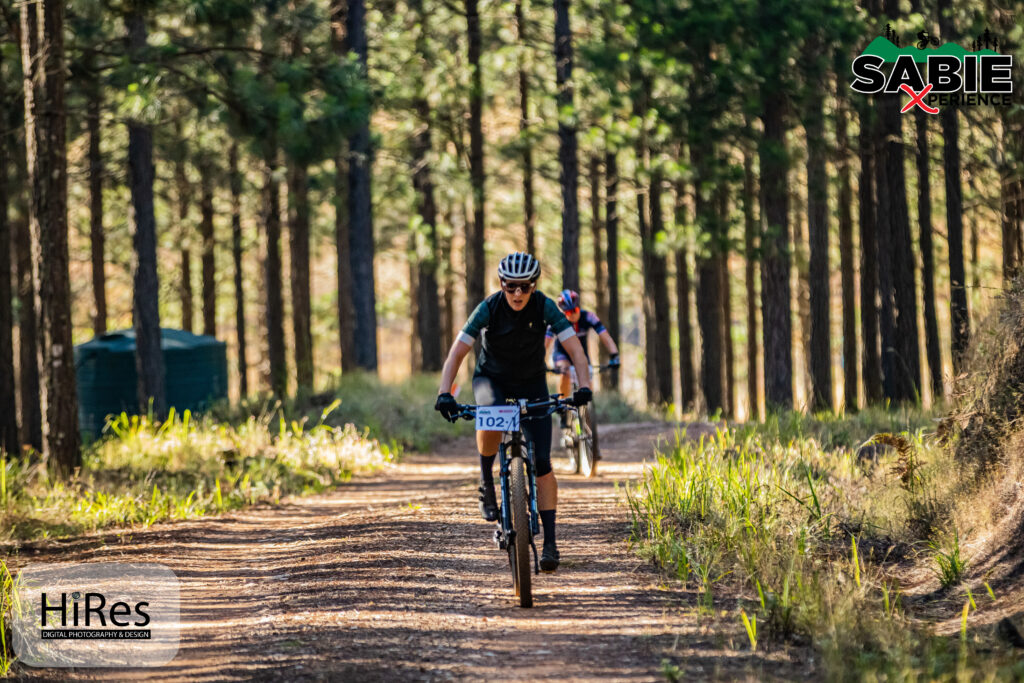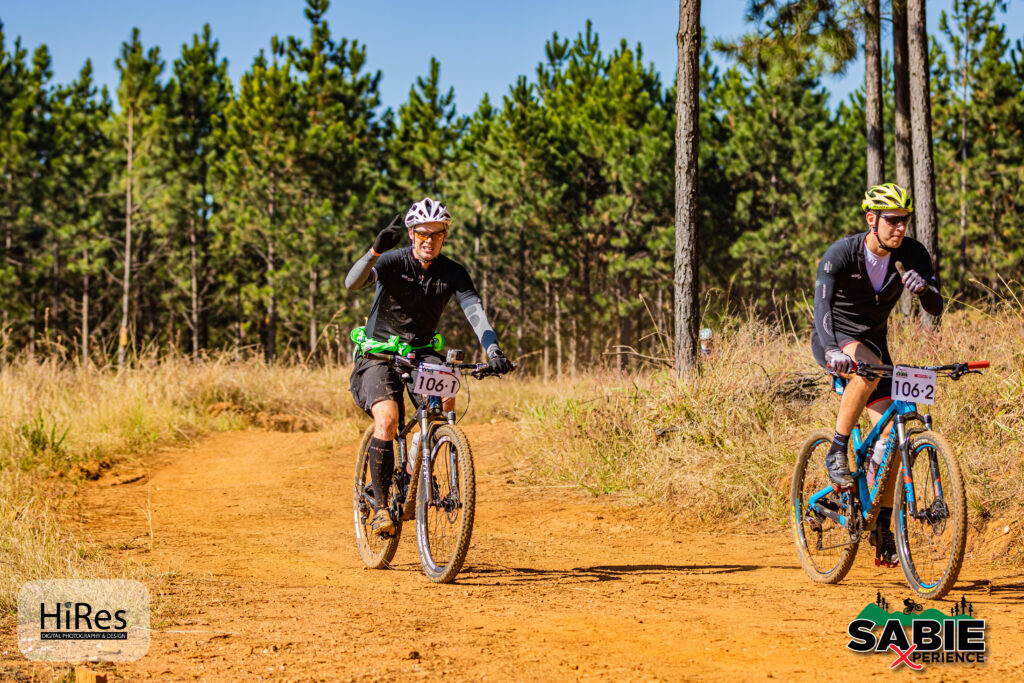

Why is cardio training an important aspect of mountain biking?
Well, mountain biking is cardio. So it makes sense that you need to be fit in this area to complete long, strenuous, cardio-intense races.
According to the National Academy of Sports Medicine, cardio, or cardiovascular exercise, “…is a form of aerobic exercise. For a mode of exercise to be considered aerobic, it should (a) be rhythmic in nature, (b) use large muscle groups, and (c) be continuous in nature. Some examples of modes of exercise recommended to improve cardiorespiratory fitness include:
Success on the bike depends on paying equal attention to fitness, rest, and nutrition.
If you’ve been reading our blogs you’ll know that we’re strong proponents of a holistic, well-rounded, full-body approach when preparing for a mountain bike race.
According to the American Journal of Medicine, cardio exercise is the most efficient way of improving your heart health.
We’ve spoken about the benefits of strength training here, so we’ll look at why cardio should play an equally important role.
Cardio fitness is defined by your capacity for physical exertion.
The benefits of doing cardio include an increased metabolic rate, improved heart health, lower cholesterol levels, improved immunity, and decreased risk of diabetes.
It increases your heart’s ability to pump oxygenated blood around your body, thus making you less likely to feel completely worn out after only five minutes on the bike.
“When you’re doing aerobic exercise, the cells throughout the body increase the number and size of the microscopic powerhouses of the cell called mitochondria, which use oxygen to create energy that can fuel important reactions throughout the body.”
https://www.everydayhealth.com/fitness/workouts/why-you-need-aerobic-exercise
By doing consistent cardio that progressively increases in time and difficulty, you’re increasing your body’s ability to accommodate the extra exertion. This makes it easier for you to adapt and complete a race with less effort.
Strength training is great for muscle conditioning, improving mobility, and muscular endurance. But what we tend to forget is that our heart is a muscle as well, and the only way to train it effectively is through cardio. An equal balance of cardio and strength training is the best approach because they complement each other.
If you’re not cardio-fit, you’re going to struggle to last on your bike, never mind being able to tackle the mountains without feeling like your lungs are about to explode.
Improving your cardiovascular fitness makes completing a long race filled with exhilarating downhills and neverending uphills a much less daunting task.

So now you know that cardio plays an equally important role in making you a better rider, but how (apart from the actual mountain biking itself) do you get fitter, cardiovascularly speaking?
Some tips gathered from around the web, as well as from our own pros Denzil and Jaco:
Our philosophy on training for a mountain bike race should be clear by now – stick to a holistic approach, keep it balanced, and value consistency over quantity.
If you haven’t worked out a training program yet, look online, there are so many examples to choose from, like this one here. Use it as is or as a guideline to suit your fitness levels and schedule.
Speaking of fitness levels, the Sabie Xperience is coming up soon (29 April – 1 May 2023). Use this as an opportunity to put everything into practice to get ready for this amazing three-day event. It’s set in the picturesque forestry town of Sabie and has race options that suit every type of rider. Visit our Event page for more information.

The Sabie Xperience is an Affordable Stage Race for the whole family. We are proud to boast with the most beautiful and well organised family stage race in the world.